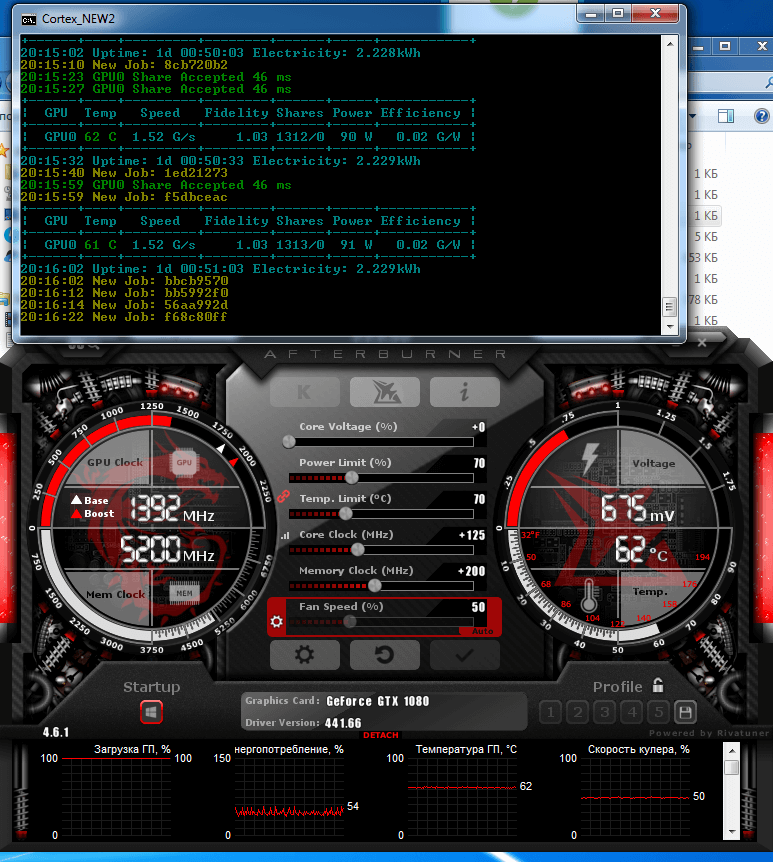


OEM manufacturers may change the number and type of output ports, while for notebook cards availability of certain video outputs ports depends on the laptop model rather than on the card itself. As a rule, data in this section is precise only for desktop reference ones (so-called Founders Edition for NVIDIA chips). Types and number of video connectors present on the reviewed GPUs. Note that GPUs integrated into processors have no dedicated VRAM and use a shared part of system RAM. Parameters of memory installed: its type, size, bus, clock and resulting bandwidth. For desktop video cards it's interface and bus (motherboard compatibility), additional power connectors (power supply compatibility). Useful when choosing a future computer configuration or upgrading an existing one. Information on compatibility with other computer components. Pipelines / CUDA coresĬompatibility, dimensions and requirements

Note that power consumption of some graphics cards can well exceed their nominal TDP, especially when overclocked. These parameters indirectly speak of performance, but for precise assessment you have to consider their benchmark and gaming test results. General performance parameters such as number of shaders, GPU core base clock and boost clock speeds, manufacturing process, texturing and calculation speed. Comparison of graphics card architecture, market segment, value for money and other general parameters.


 0 kommentar(er)
0 kommentar(er)
